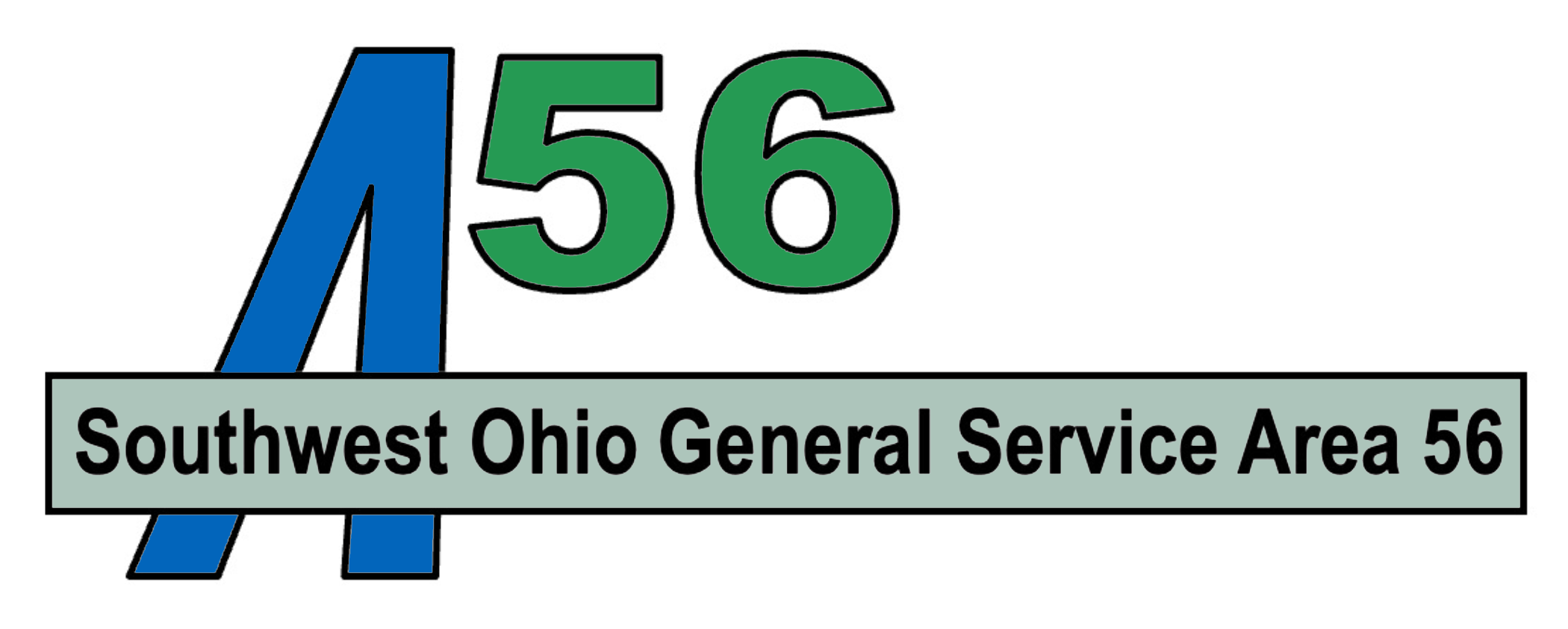Reprinted from Feb./Mar. 1990 issue of Box 4-5-9.
The 85,000 groups comprising A.A. today [108,000 in 2011] hold what co-founder Bill W. called “the ultimate responsibility and final authority for our world services.” But where does this ever-lengthening chain of responsibility begin? Who has the authority to make it happen?
The entire structure of A.A. starts with the single group; and how each group conducts its affairs has a ripple effect on A.A. everywhere. The direction of the group is essentially determined at its business meetings, where the informed group conscience of the member ship is voiced on matters ranging from group finances and policy to local intergroup and general service issues.
Recognizing the importance of group business meet ings, some A.A.s in Seattle, Washington, prepared suggested guidelines on the subject for discussion at a Group Officers’ Workshop. Following are excerpts adapted from the guidelines. Says a district com mittee member: “We are sharing these in the hope that others will find them as helpful as we have.”
Who calls and organizes the business meeting? For most groups, this is the function of the general service representative (or the group chairperson, secretary, trea surer, intergroup representative or steering committee, if there is one). Usually held on a monthly or quarterly basis, regular business meetings have been found to contribute significantly to group identity and unity.
When are they held? Since each group is autono mous, there is no one answer, but here are some ideas that have worked: Depending upon the amount of bus iness to be discussed, announce the business meeting as starting 30 minutes or an hour before the regular meeting. Or else, hold it immediately after the regular meeting. In some instances, the business meeting is held simultaneously with the regular meeting, in a separate room and in the same manner that many groups have a “Step table.” Some groups have held business “potluck supper” meetings on nights other than those devoted to their regular meetings.
Who attends? Business meetings are generally open to group members only. Some groups invite A.A.s who are nongroup members to attend, but request that they refrain from voting on matters pertaining to the group’s activities. As with all group conscience matters, each A.A. member has one vote, and this, ideally, would be through their home group.
What kind of business is conducted? The agenda varies from group to group, issue to issue. But some aspects of group business remain fairly constant: elect ing new officers; scheduling new or different types of meetings; receiving and discussing the treasurer’s periodic financial reports; hearing progress reports from other group officers; and apportioning excess funds among the local intergroup, the General Service Office, the area and district treasuries, and more. The meeting might also plan interchanges with other groups or organizations and determine the group conscience con cerning issues to be voted on at the area assembly.
In addition to their business meetings, many groups periodically take a “group inventory”—an honest and fearless discussion of the group’s weaknesses and strengths. Also helpful are “sharing sessions,” in which members can air any problems or offer suggestions on how to avoid them.
Meeting procedures: Most business meetings tend to be informal. But, if the need arises, Robert’s Rules of Order are generally applicable, so long as they don’t conflict with the Traditions. Many groups have found, however, that observing Robert’s Rules to the letter can be detrimental. Most members are inexperienced in parliamentary procedures, and some of them might feel too intimidated to speak up.
Before an informal group conscience can be defined, it is essential that the members be given all the facts relevant to the subject at hand. In many cases, an individual member, or a panel of members, is asked to look into the pros and cons of the issue and present them at the meeting.
Box 4-5-9, Fall 2011 9


